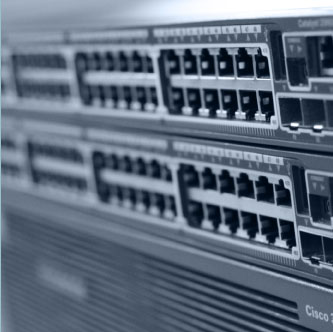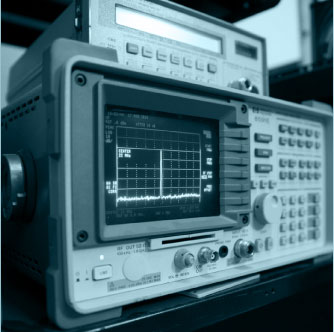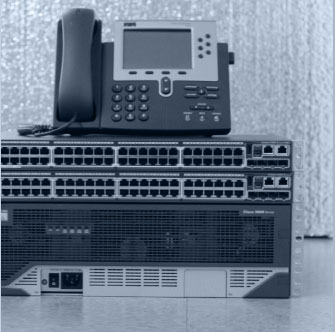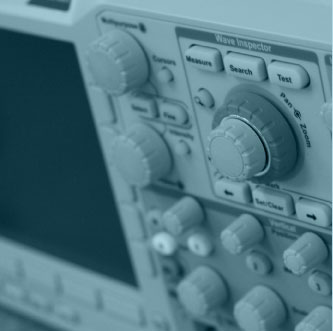 Photo by ArtHouse Studio from Pexels
Photo by ArtHouse Studio from Pexels
We live in a society where we spend most of our days surrounded by screens. We’re on our phones, computers, watching television, and playing games. Technology factors into every part of our lives- for work, play, and everything in between. But what happens to those screens and that tech when we are done with them? You upgrade your phone, get a bigger monitor, or finally toss that annoying printer that never has enough ink. Maybe you sell it, donate it, or just toss it in the trash. But the decision you make can be vital to the planet.
In our “bleeding” edge climate of technological advancement, there’s a quick turnaround time from gadget to garbage. As people rush to get the latest phone upgrade or gadget there isn’t much thought about what happens to it after. We aren’t inclined to deep dive into what we throw away. And yet, this technology is not trash. Not only is there still a potential use out of it in smaller markets or even other countries. There are still precious metals, usable parts, and, sadly, harmful chemicals that make it more than just landfill fodder.
With the current state of our environment, recycling is vital. We can all afford to take a second look at what we throw away. In 2017, Americans generated over 267.8 million tons of trash And that’s 67.8 million tons more than it was in 2015. It’s worth taking the time to see if we can reuse, recycle, or upcycle items before we just toss them in the trash to parts unknown. Not to mention, your old technology is not just garbage it becomes the growing environmental threat of e-waste.
What is e-waste?
E-waste is the shortened term for electronic waste. E-waste is the sum of all of the old screens, keyboards and devices that must be disposed of. It also includes larger machinery and other electronic equipment. Whether, in landfills, recycling centers, or being shipped abroad this e-waste does take a toll on the environment. With the rapid growth in technology our demand for newer phones and tech has increased the amount of waste. The problem is, unlike plastic and styrofoam which cause their own environmental problems, disposing of old tech can be bad across the board.
E-waste takes a toll on the environment. The perils of e-waste are a bad, worse, worst situation. Even the proper recycling and harvesting of the precious metals in old tech can leak chemicals into the environment. The worst case scenario is you do nothing. Americans replace their phone every 12-18 months. This rapid swapping of devices creates an excess of used phones people don’t need. If they aren’t returned, refurbished or recycled they get sent to landfills. At landfills, exposed to heat and other trash these devices seep chemicals.
The average computer screen can have from five to over eight pounds of lead. They represent 40 percent of all the lead in US landfills. Besides lead there’s also zinc, nickel, flame retardants, barium and chromium. If heated up, e-waste can release chemicals that can cause health hazards to animals or toxify nearby water supplies and soil. Overall, this is an environmental and public health issue we should be more concerned about. Before we upgrade, we should have a plan for what to do with our old devices.
 Photo by Johannes Plenio from Pexels
Photo by Johannes Plenio from Pexels
Even the recycling process of e-waste takes its toll on the environment. There are precious metals in your old devices. There’s copper wiring, gold plating, and other valuable metals. Reharvesting these metals can cause chemical emissions. Oftentimes, acid baths and incineration can be used to try and recoup some of these metals. Even to safely remove the more toxic elements of e-waste take their own toll on the environment. California residents have an extra tax put on the purchase of laptops, tablets and large screens. This e-waste recycling fee funds the costs of the proper disposal of these items.
There’s also been a push to outsource these processes to other countries. This in no way minimizes their environmental impact. They only localize it to certain areas like China. Guiyu, China, receives the largest amount of e-waste from all over the world. But many people in the area exhibit substantial digestive, neurological, respiratory and bone problems. And as evidenced by the Covid-19 crisis, diseases and health issues can have a global impact.
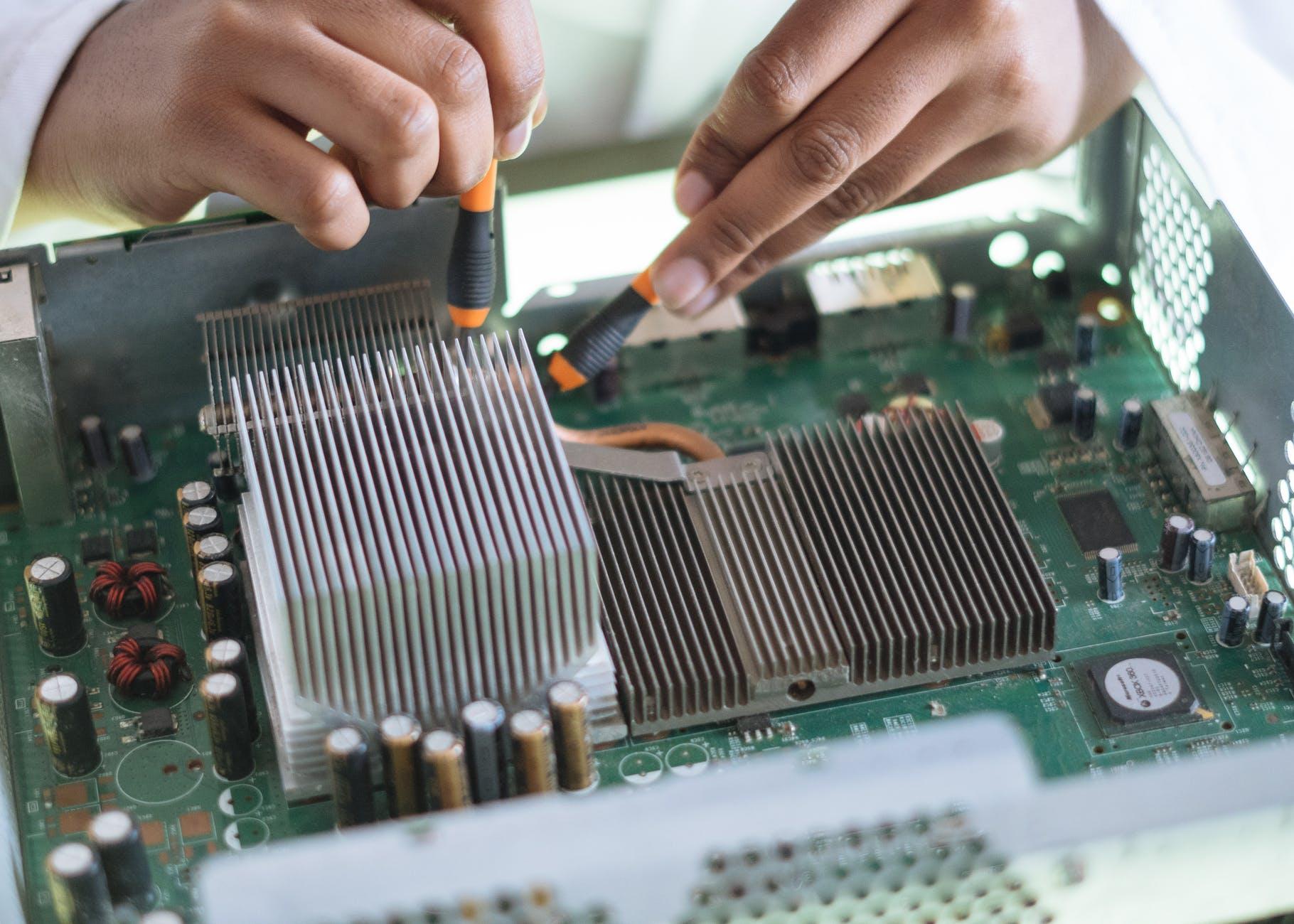 Photo by Retha Ferguson from Pexels
Photo by Retha Ferguson from Pexels
The Solution
The most effective way to diminish your e-waste is to ensure your devices get a long shelf life. You can pass along old phones to children, older family members or donate them. Some people still use flip phones so there’s no excuse to believe there’s not someone who would be thrilled to use your old device. You can even donate these phones to local charities like homeless shelters or battered women’s shelters. You can submit them to be refurbished or recycled. Selling your old technology is a great way to recoup some cash. It also helps maintain a competitive market for that technology to help it retain its value.
E-Waste is just that, waste. We are quick to run out and buy a new device or gadget but ready to toss it when it no longer serves its purpose. But that device might hold value for someone else. Ignoring technology’s intrinsic value only adds to the tons of waste taking a toll on our environment. By shifting our attitude, taking proper steps, and retaining the value of our tech we can eliminate a ton of chemicals from negatively affecting our air, water, and the land and the population of our planet.
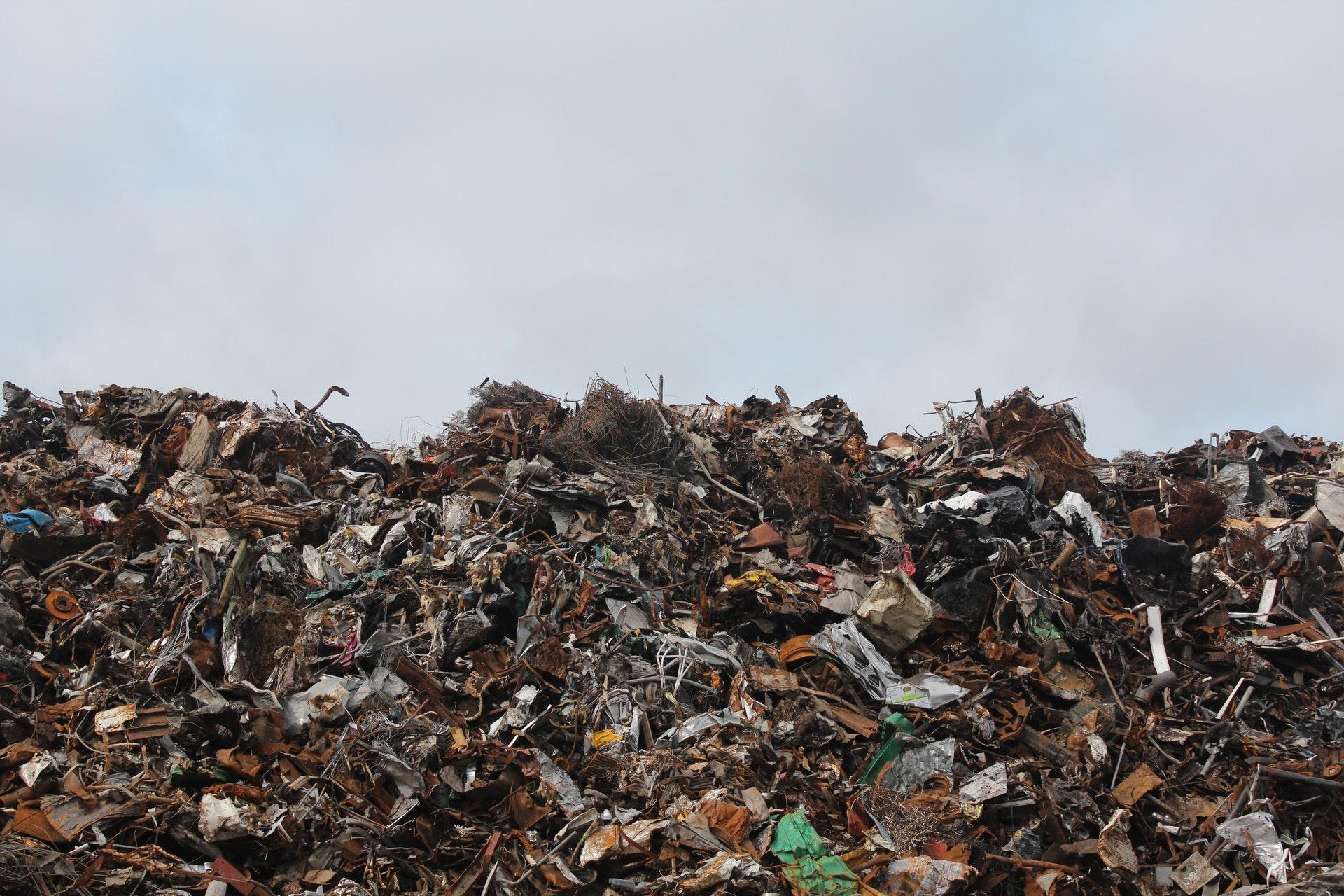 Photo by
Photo by 
